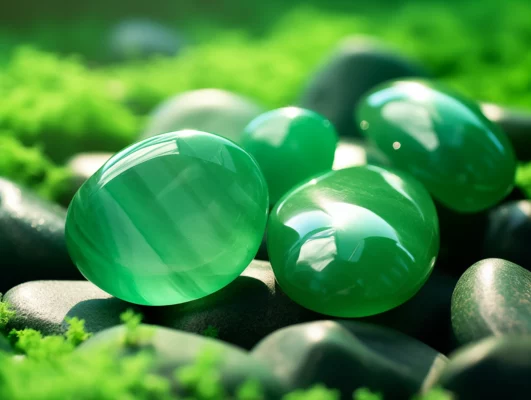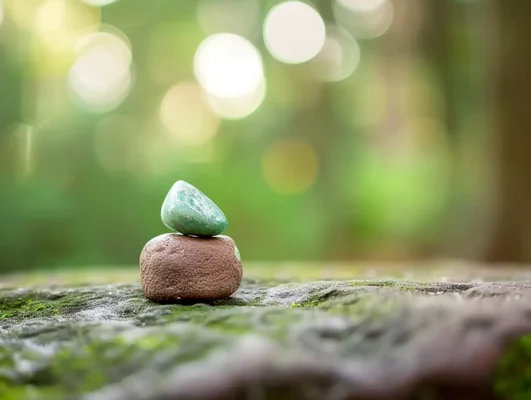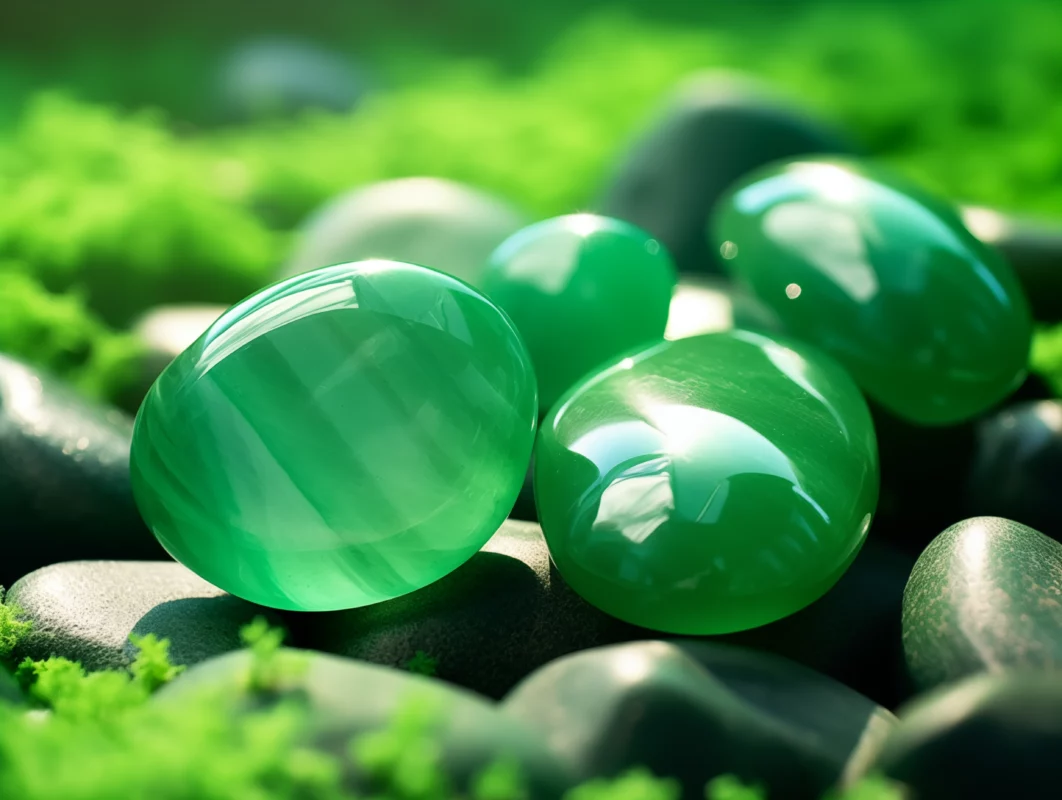Knowledge
Jadeite and Nephrite: What kind of the Difference?
Introduction:
In the realm of precious stones, jade holds a prominent place, captivating admirers with its enchanting beauty and rich cultural significance. However, the term “jade” encompasses two distinct minerals: jadeite and nephrite. While often used interchangeably, these two gemstones possess unique characteristics that set them apart. In this article, we will explore the differences between jadeite and nephrite, shedding light on their geological origins, chemical compositions, physical properties, and historical significance.
Geological Origins:
- Jadeite: Jadeite is a pyroxene mineral that primarily forms in high-pressure and low-temperature environments, commonly found in metamorphic rocks. It is primarily sourced from Myanmar (formerly Burma), but deposits can also be found in Guatemala, Russia, and Japan.
- Nephrite: Nephrite is an amphibole mineral that typically forms in hydrothermal veins or as a result of contact metamorphism. It is predominantly found in China, Canada, Russia, New Zealand, and the United States.
Chemical Compositions:
- Jadeite: Jadeite’s chemical formula is NaAlSi2O6, making it a sodium aluminum silicate. It often contains trace elements such as chromium, iron, and manganese, which contribute to its diverse color range.
- Nephrite: Nephrite’s chemical formula is Ca2(Mg,Fe)5Si8O22(OH)2, indicating that it is a calcium magnesium iron silicate hydroxide. It typically contains fewer trace elements compared to jadeite, resulting in a more limited color palette.
Physical Properties:
- Jadeite: Jadeite is generally harder and denser than nephrite, with a Mohs hardness of 6.5 to 7 and a specific gravity of 3.30 to 3.36. It exhibits a vitreous luster and can be translucent to opaque.
- Nephrite: Nephrite is slightly softer and less dense than jadeite, with a Mohs hardness of 6 to 6.5 and a specific gravity of 2.90 to 3.00. It possesses a greasy or waxy luster and is typically opaque.
Historical Significance:
- Jadeite: Jadeite has a rich history in Asian cultures, particularly in China, where it has been revered for centuries as the “Stone of Heaven.” It holds immense cultural and spiritual significance, symbolizing purity, virtue, and good fortune.
- Nephrite: Nephrite has also been highly valued throughout history, especially in indigenous cultures of North America, New Zealand, and China. It was commonly used for carving intricate tools, weapons, and ornaments, holding both practical and spiritual importance.
Conclusion:
Jadeite and nephrite, while both referred to as “jade,” are distinct minerals with their own unique characteristics. Jadeite, with its exceptional hardness and vibrant colors, is highly prized in Asian cultures. Nephrite, known for its toughness and historical significance, holds a special place in indigenous communities. Understanding the differences between these two gemstones allows us to appreciate their individual beauty and cultural significance.
















